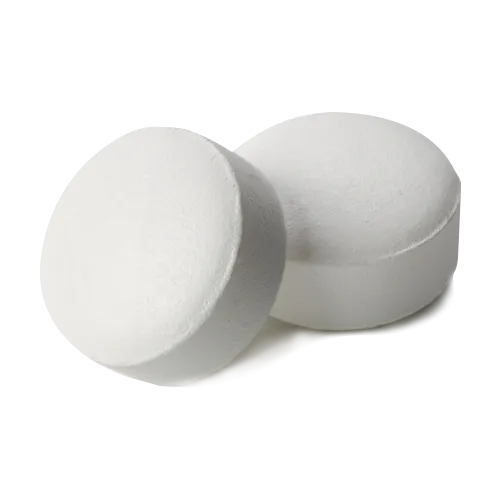Overview
Trental, with the active ingredient pentoxifylline, is a medication that improves blood flow and treats vascular disorders. It enhances microcirculation and tissue oxygenation, benefiting patients with peripheral arterial diseases by reducing blood viscosity and improving red blood cell flexibility for better flow through narrowed arteries.
History of Development and Approval
Developed by Hoechst (now Sanofi), Trental received FDA approval for intermittent claudication and vascular disorders. Extensive clinical trials have confirmed its efficacy and safety, leading to its widespread adoption.
Key Benefits
- Enhanced Circulation: Improves blood flow in limbs, reducing pain and cramping.
- Lower Viscosity: Reduces blood thickness for better microcirculation and clot prevention.
- Symptom Relief: Alleviates intermittent claudication symptoms like leg pain during walking.
Unique Properties
Trental uniquely increases red blood cell flexibility for easier capillary passage and improves overall blood flow and oxygen delivery to tissues.
Comparison with Similar Medications
Compared to other vasodilators, Trental offers:
- Comprehensive Approach: Targets microcirculation more effectively.
- Dual Mechanism: Reduces viscosity and enhances cell flexibility.
- Proven Profile: Well-documented efficacy and safety for vascular conditions.
Safety and Tolerability
Trental is generally well-tolerated, with common side effects including headaches, dizziness, and gastrointestinal disturbances like nausea. These are usually mild and transient. Rare serious effects include allergic reactions or cardiac arrhythmias. Regular monitoring ensures safe use.
Indications for Use
Trental is indicated for:
- Intermittent Claudication: Due to chronic occlusive arterial disease.
- Diabetic Angiopathy: Vascular complications from diabetes.
- Post-Thrombotic Syndrome: Symptoms following blood clots.
- Impaired Peripheral Circulation: Conditions with reduced blood flow.
Dosage and Administration
Adults: 400 mg three times daily, may reduce to twice daily after improvement.
Children: Not recommended.
Elderly: Use standard dose, monitor for tolerability.
Timing: With meals to reduce GI upset.
Notes: Continue as prescribed; regular follow-ups required.
Mechanism of Action
Pentoxifylline reduces blood viscosity and improves red blood cell deformability, enhancing microcirculation and tissue oxygenation in vascular disorders.
Composition
Active Ingredient: Pentoxifylline, improves blood flow.
Inactive Ingredients: Lactose, cellulose, magnesium stearate for tablet stability.
Side Effects
Common: Headache, dizziness, nausea, vomiting.
Rare: Flushing, gastrointestinal discomfort.
Serious: Allergic reactions, cardiac arrhythmias require urgent care.
Prevention of Side Effects
Take with food, monitor for serious symptoms, adhere to dosing. Regular check-ups help manage risks.
Contraindications
Avoid in hypersensitivity to pentoxifylline or methylxanthines, recent cerebral/retinal hemorrhage.
Warnings and Precautions
Monitor for bleeding risks, cardiac symptoms. Caution in severe liver/kidney impairment or bleeding disorders.
Drug Interactions
Increases bleeding risk with anticoagulants; CYP1A2 inhibitors (e.g., ciprofloxacin) increase levels. Disclose all medications.
Overdose
Symptoms: hypotension, convulsions, fever. Seek emergency care immediately.
Pharmacokinetics
Absorption: Well-absorbed, peak 1 hour.
Distribution: Widely distributed.
Metabolism: Liver to active metabolites.
Elimination: Urine; half-life 1 hour.
Dosage Forms
Extended-release tablets (400 mg) for oral administration.
Pregnancy and Breastfeeding
Use if benefits outweigh risks (Category C); excreted in milk, consult provider for breastfeeding.
Storage
Store at 20°C–25°C (68°F–77°F), dry, light-protected, away from children. Dispose expired properly.
Clinical Evidence
Trials confirm Trental’s efficacy in improving walking distance in intermittent claudication and enhancing circulation in vascular disorders, with good tolerability.
Conclusion
Trental is an effective treatment for vascular disorders, offering improved circulation and symptom relief. Adhere to prescribed regimens, monitor side effects, and consult providers for optimal outcomes.




